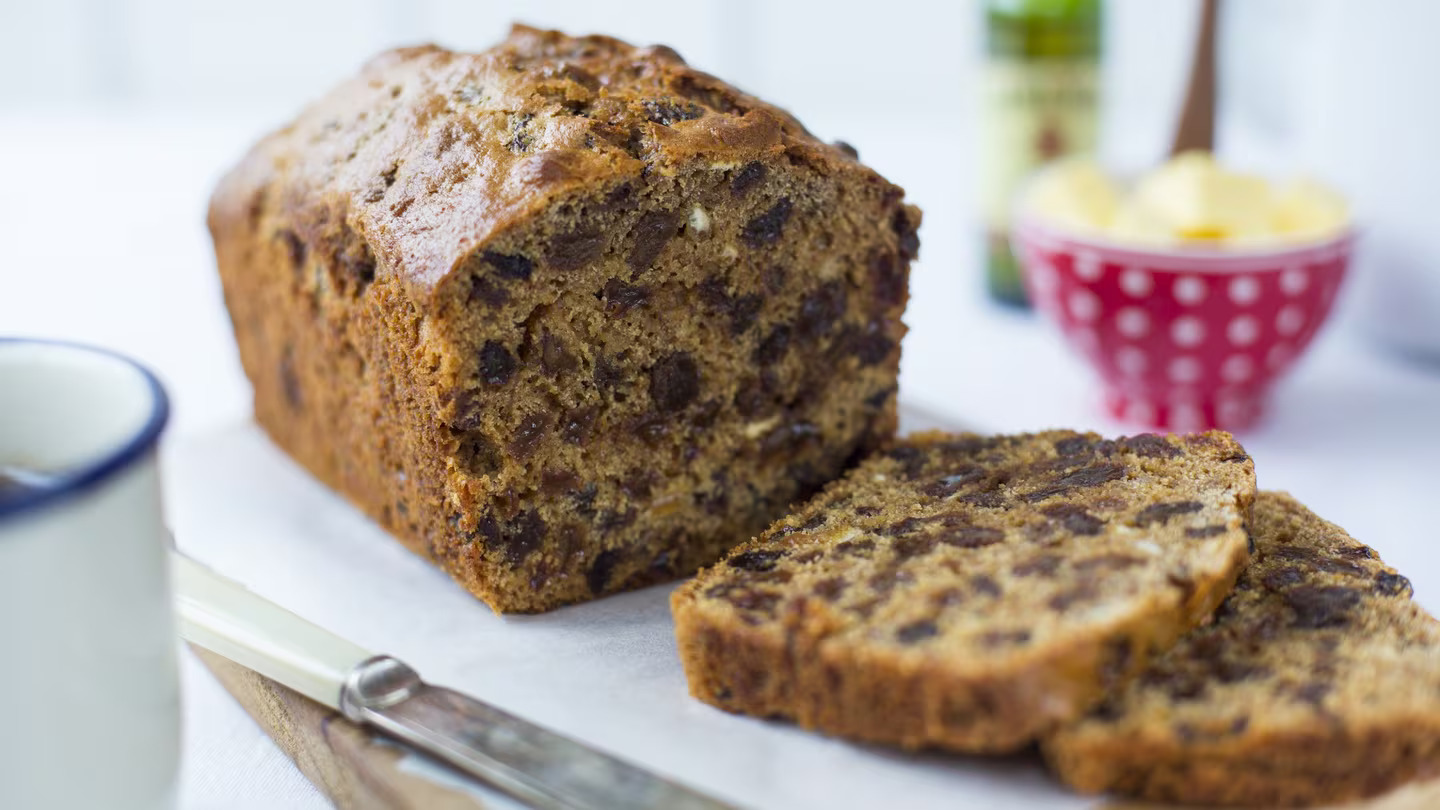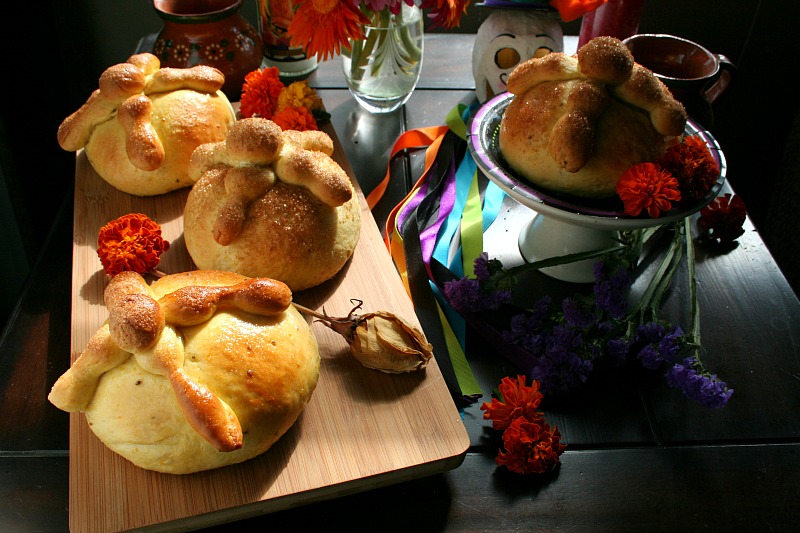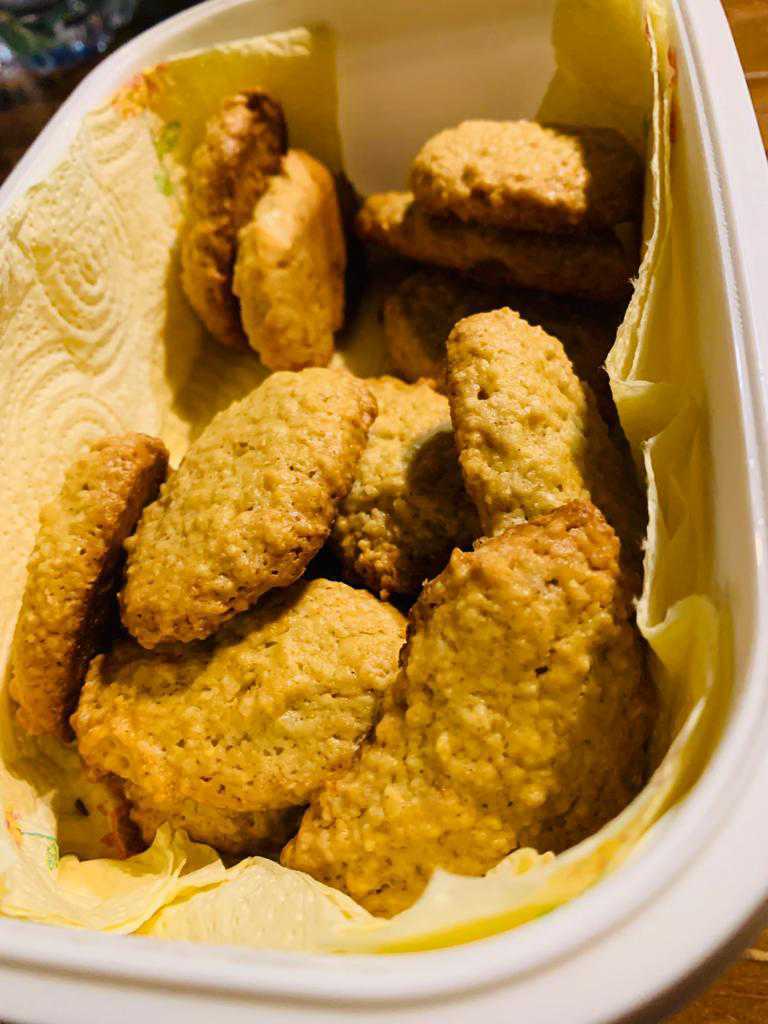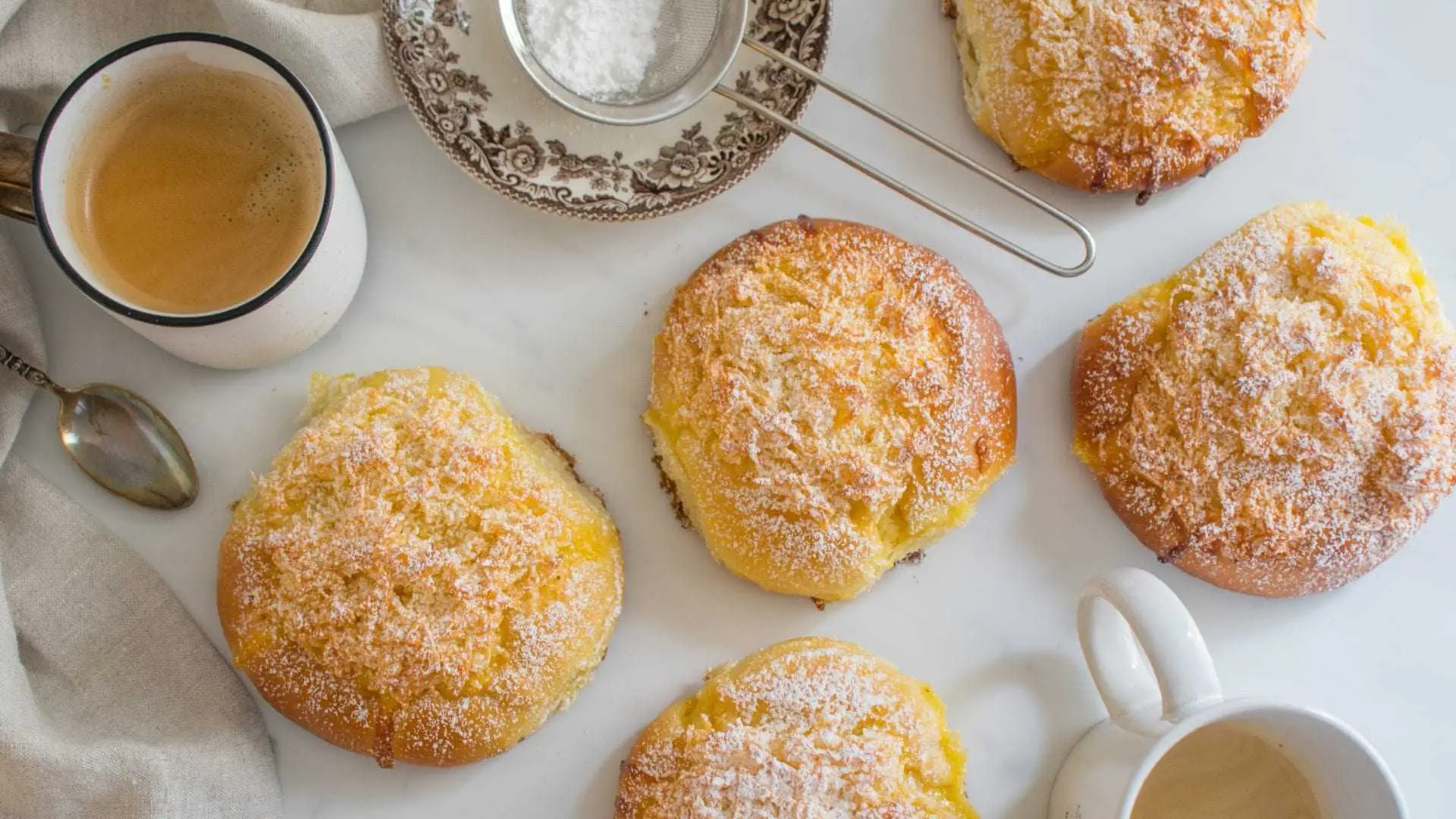king game
In the Philippines, our Halloween is centered on the Catholic tradition of celebrating All Saints Day and All Souls Day on Nov. 1 and 2. These days are dedicated to honoring those before us by visiting the cemetery and offering food on their tombstones.
Traditionally, serving food symbolizes “feeding” our dear loved ones in the grave and is believed to be a sign of respect and appreciation. Here we would typically serve kakanin, but in other countries, they would serve bread or cakes.
Here are the foods other countries serve and eat during All Saints Day.
READ: 10 mystery and crime thriller films for those too afraid of horror
Barmbrack (Ireland) Ireland’s Barmbrack | Photo from The Irish Times
Ireland’s Barmbrack | Photo from The Irish Times
It is said that Halloween was inspired by the Celtic festival of Samhain (pronounced “Sow-in”) over 2,000 years ago. The Irish believed that during Samhain, the veil between the living and the dead is at its thinnest, allowing spirits and dark entities to venture into the Earth.
Among the many traditions during Samhain, the Irish would bake Barmbrack, a fruitcake filled with currants, raisins and candied citrus. These rich and lovely cakes would have objects such as a ring, a rag, and a coin baked inside that symbolizes different kinds of fortune. Individuals who would get the ring will marry someone. The rag implies one will join the clergy or sustain financial difficulties that year. Lastly, those receiving the coin would be blessed with a prosperous year.
You can also bake your own Barmbrack by combining a yeast-based bread dough along with raisins and other fruits. After letting it rise for an hour, it is ready to be bake at 350 degrees fahrenheit for about an hour. You can also check out a recipe of Barmbrack here by Daring Gourmet.
Pan de Muerto (Mexico) Mexico’s Pan de Muerto | Photo from Latino Foodie
Mexico’s Pan de Muerto | Photo from Latino Foodie
Mexico’s Día de los Muertos is centered around honoring a family’s dead loved ones rather than Halloween itself. The primary food that the Mexicans offer to their loved ones are these bone-shaped pastries called Pan de Muerto. These festive treats are typically placed on the altars or graves of their loved ones as offerings along with decorated bright yellow marigold flowers.
To make Pan de Muerto, you would have to combine yeast, milk, flour, butter, eggs and sugar to make a simple bread dough. Afterwhich, you will need to proof it for 1 to 2 hours before shaping them into little skulls. After shaping, it will undergo final proofing for about 45 minutes before baking them in a 350 degree fahrenheit oven for 25 to 30 minutes. After the bread is baked, dust them with granulated sugar or brushed over some butter. You can also refer to a recipe of Pan de Muerto by LatinoFoodie.
Soul Cakes (United Kingdom) UK’s Soul Cakes | Photo from The English Kitchen
UK’s Soul Cakes | Photo from The English Kitchen
In the UK, Soul Cakes are not baked to honor the dead but rather to release souls in purgatory. Contrary to the name, Soul Cakes are actually biscuits made from combining oats and spices such as nutmeg, ginger, and cinnamon. It is said that for each one that is baked, a soul is equally released from the suffering of purgatory.
If you also want to try baking these symbolic cookies, just combine flour, oats, butter, sugar, and egg yolks with spices such as nutmeg, cinnamon, and ginger with the milk and cider vinegar. After rolling and cutting them out in little circles, bake them at 180 degrees celsius in the oven for 15 to 25 minutes. You can check out the detailed recipe of making soul cakes by the Guardian here.
Fave dei Morti (Italy) Italy’s Fave dei Morti | Photo from Mortadella Head
Italy’s Fave dei Morti | Photo from Mortadella Head
During the celebration of Festa dei Morti in Italy, they typically serve cookies called Fave dei morti. This literally translates into “the fava beans of the dead,” but it does not contain any in the cookies—its main ingredient is actually crushed almonds.
Still, Fave dei morti pertains to the pre-Christian custom of offering food for the dead on the day they are supposed to return from the land of the living. Additionally, fava beans are believed to contain dead souls back in ancient Rome and were thrown over the mourners’ shoulders to honor the dead.
To bake your own Fave dei morti, just incorporate crushed almonds, flour, sugar, butter, and eggs; you can also add grated lemon and cinnamon to enhance flavor. After forming the cookies into medium-sized fava beans-like shapes, bake them for 15 minutes in a 180 degrees celsius oven. Check out the detailed recipe by Mortadella Head here.
Pão-por-Deus (Portugal) Portugal’s Pão-por-Deus | Photo from Olive Oil Times
Portugal’s Pão-por-Deus | Photo from Olive Oil Times
In Portugal, Pão-por-Deus are small breads that are given to children during All Saints Day. Translated as “bread for god’s sake”, it represents the act of charity in remembrance of the dead.
Children would knock on their neighbors door in the morning of November 1, saying, “Pão-por-Deus” after which they are given the small bread filled with fall flavors such as nuts, cinnamon, and honey. This is a somewhat similar concept as trick-or-treating in the United States.
To make your very own Pão-por-Deus, prepare a yeast-based brioche dough. After, add the coconut crust consisting of desiccated coconut, eggs, and sugar on top of the shaped dough. Bake it at a 350 degrees fahrenheit oven for 35 minutes and enjoy. View the detailed recipe of Pão-por-Deus from Olive Oil Times.
Ohagi (Japan) Japan’s Ohagi | Photo from Japanese Taste
Japan’s Ohagi | Photo from Japanese Taste
While most countries in Asia do not necessarily celebrate the Western version of Halloween, they set aside the beginning of November to honor and remember their past loved ones and ancestors.
In Japan, they observed a Buddhist event held twice a year called Ohigan, where families would visit their ancestors’ graves to burn incense and pray.
In addition to offering foods such as cucumber and eggplants, they would also serve Ohagi or bota-mochi, a traditional sweet rice ball to the spirits. Compared to mochi, ohagi offers a more chewy texture since they don’t pound the rice grains all the way.
Ohagi would usually be paired with tubuan, a chunkier kind of azuki red bean paste. The red color brought by the azuki red beans is believed to ward off evil spirits.
If you want to make this delicious and traditional rice ballking game, you need to first wash and properly steame the mochigome (glutinous rice) and carefully pound until it takes shape. After forming the ohagi, place the tubuan carefully inside. Roll to close it up and add kinako powder after. You can read the detailed recipe on how to make ohagi by Japanese Taste.